What is Digital Printing?
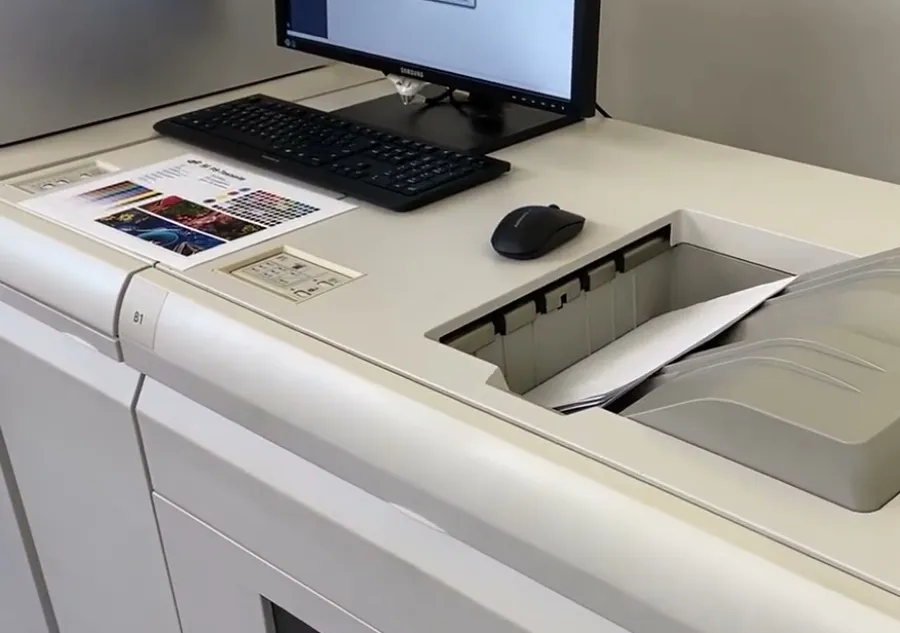
Digital Printing is a broad term used for any printing process that outputs electronic images directly to a substrate.
Most people are at
least somewhat familiar with the digital printing process. This is because the digital
printing presses used for commercial production are actually quite similar to
the various desktop printers used in many homes and offices. However,
commercial presses are larger, faster, and print with higher resolution.
Like desktop printers, most digital printing presses operate
with either laser or inkjet technology. Laser presses use an electrostatic charge
to attract toner particles to the substrate. The toner is then fused in placed
using heat and pressure. Inkjet presses apply tiny droplets of liquid ink to
the substrate, which is then dried with a heating element or ultraviolet light.
Commercial digital printing presses print in the CMYK color mode. It is also important to note that digital presses are not capable of printing all PMS spot colors. However, some newer digital presses have the capability to print certain spot colors. Also, all digital presses are able to "approximate" spot colors using a combination of the CMYK ink colors.
Related Articles: What is CMYK? and What is a Spot Color?

How does Digital Printing differ from Offset Printing?
Once an electronic artwork file is submitted by a client, traditional
offset printing requires the creation of physical printing plates from the electronic
files. These plates are then used to apply the inked images to a rubber blanket which then presses the images onto the paper. However,
digital printing bypasses the intermediate step of plate creation and transfers
the electronic files directly onto the paper.
Offset printing also requires a lengthy set-up process to
ensure the press is operating at peak efficiency. Because of the time and expense
associated with this upfront set-up and the creation of printing plates, offset
printing is not an efficient choice for shorter production runs.
However, since digital printing does not use printing plates
or require upfront calibration, it has emerged as the quicker and more
cost-effective solution for shorter production runs. As such, digital printing has become almost synonymous with short run printing.
That said, offset printing is still the cost-effective
choice for medium to long production runs because the set-up and plate costs
can be distributed across more units. Once an offset press is calibrated and
starts running, the unit costs come down substantially.
Digital Printing Presses make Variable Data Printing possible
Because a digital printing press receives electronic files
and outputs them in printed form, different segments of information can be fed
to the press from a database. This allows each piece within a production run to
be printed with different text or graphics.
Known as Variable Data Printing or VDP, this technique is
extremely popular for direct mail campaigns. Instead of sending everyone the same
marketing message, each piece can be tailored to the unique interests of the intended recipient.
Since the digital printing process uses a data feed instead
of printing plates, and therefore requires no plate changes, the different
messages print one after the other in a single press run with no stopping or
hesitation.
Being able to produce Variable Data Printing is a big advantage digital
printing has over offset printing when it comes to printing promotional pieces. By allowing every piece to be printed
with information relevant and meaningful to each individual recipient, the response rate improves dramatically. Needless to say, getting a good response rate is one of the most important goals of
any direct marketing campaign.
Related Article: Direct Mail Marketing: 8 Benefits of Variable Data Printing
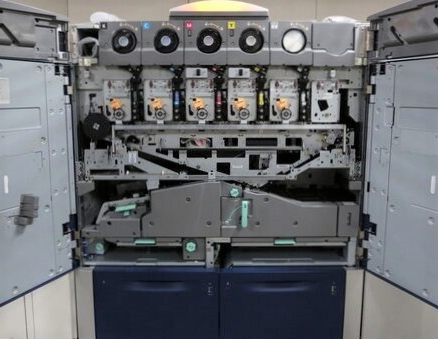
Most Digital Presses are Sheet Fed
The vast majority of digital printing presses use cut sheet sizes. However, some larger digital presses are able to print on sheet sizes that rival a sheet-fed offset press. Also, certain digital presses are fed from a continuous roll of paper. These are known as roll-fed or web-fed digital presses.
Advantages of Digital Printing
While offset printing presses have been in use for well over 100 years, digital printing presses are a fairly recent development.
Evolving
from photocopiers, the first commercial digital printing press was introduced in
1993. Though offset printing still has the edge for spot ink colors and paper selection, digital printing continues to grow in popularity.
In fact, most of the latest technological innovations in the
printing industry revolve around digital printing. As such, the quality of
digital printing is fast approaching that of offset printing.
Below are the main benefits of digital printing…
- Lowest cost option for shorter production runs
- Faster turnaround - minimal prep time and no printing plates to create
- Multiple versions can be printed in a single production run using variable data printing
- Exact one-off proofs can be printed quickly and inexpensively
Are you in need of Digital Printing Services?
As a full-service printing company, Color Vision has a range of digital printing capabilities to suit a variety of projects. We also offer a wide array of finishing
and bindery options to enhance the appearance and function of your print project.
Give Color Vision a call at 800-543-6299 to
discuss your custom printing needs. Or, click here to submit your
project's specifications and we will email a quote to you. As always, we look forward to
assisting with your next print project!
Related Articles

Printing Terminology: What is a Substrate?
Read This Article

What is the Gutter of a Book?
Read This Article

The Difference between a Brochure and a Pamphlet
Read This Article
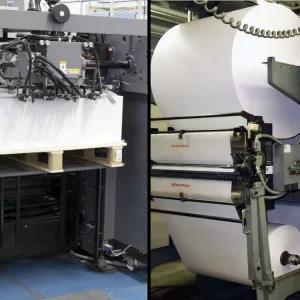
Printing Terminology: Sheet Fed Press vs Web Press
Read This Article
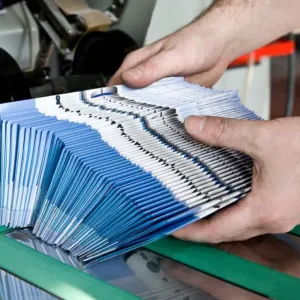
What is Print Collateral?
Read This Article
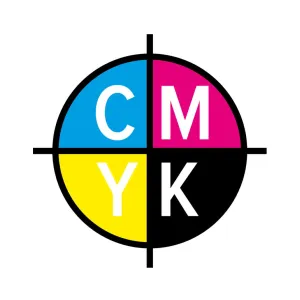
Printing Registration: A Key Factor in High-Quality Printing
Read This Article

Printing Terminology: What is “Artwork” in Printing?
Read This Article
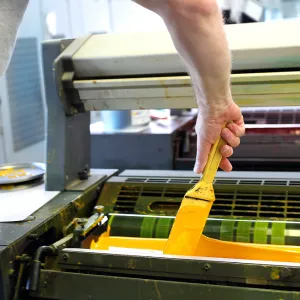
Offset Printing: What is Make Ready?
Read This Article

What are PDF files? Why do Printing Companies prefer them?
Read This Article
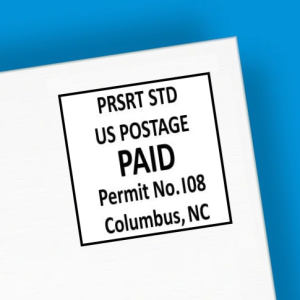
Direct Mail Marketing: What are Postal Indicia?
Read This Article
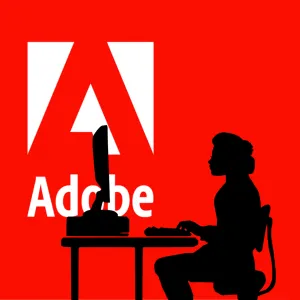
What is a Print Ready File?
Read This Article

Aqueous Coating vs UV Coating: Understanding the Differences
Read This Article
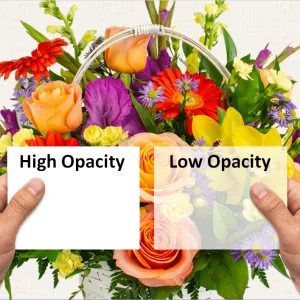
What is the meaning of “Opacity” in regard to Paper?
Read This Article
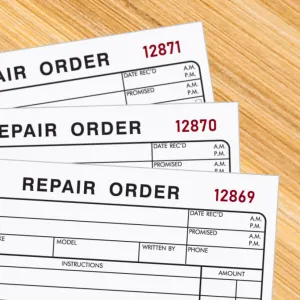
Printing Terminology: What is Sequential Numbering?
Read This Article

Custom Book Printing: What is Wire-O Binding?
Read This Article

Printing Terminology: What is Grayscale?
Read This Article
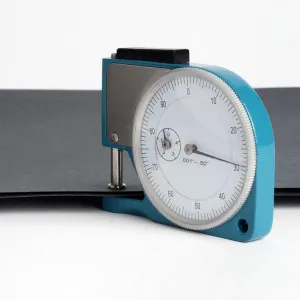
Paper Specifications: What does Caliper mean?
Read This Article

Printing Terminology: What is Rich Black?
Read This Article

Self-Published Books: What is an ISBN number? Do I need one?
Read This Article
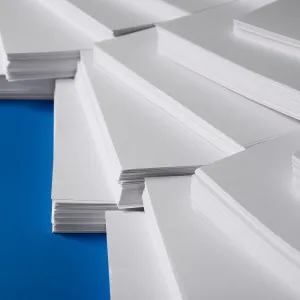
Paper Weights explained: The meaning of Paper Basis Weight
Read This Article

Printing Terminology: What is Blind Embossing?
Read This Article

What is Saddle Stitch Binding?
Read This Article

Custom Book Printing: What is Perfect Binding?
Read This Article
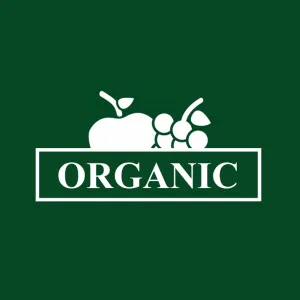
What is Reverse Printing?
Read This Article
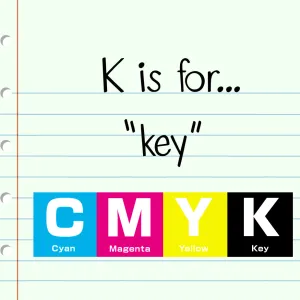
Why is the color Black designated by the letter "K" in CMYK?
Read This Article

Printing and Finishing: What is a Flood Coat?
Read This Article

Book Printing: What are Crossover Images?
Read This Article

Graphic Design and Printing: What is a Native File?
Read This Article

What is the Spine of a Book?
Read This Article

What is a Self Cover Booklet?
Read This Article
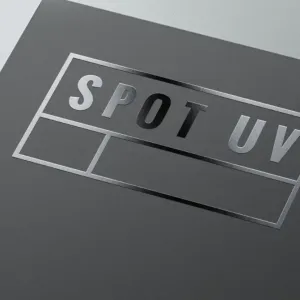
Printing Terminology: What is Spot UV?
Read This Article
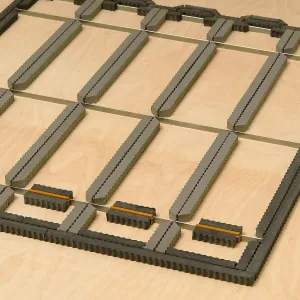
Printing Terminology: What is Die Cutting?
Read This Article

What is UV Coating?
Read This Article

Printing Terminology: What is Color Separation?
Read This Article
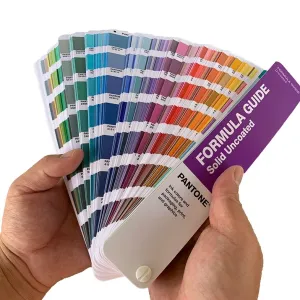
What is a Pantone Color?
Read This Article
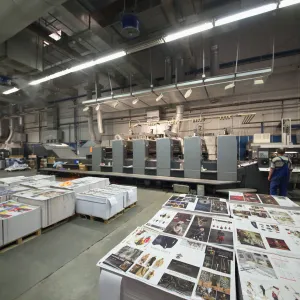
What is Commercial Printing?
Read This Article

What is Aqueous Coating?
Read This Article
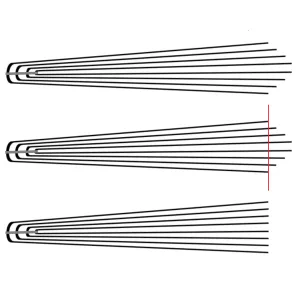
Saddle Stitch Binding: What is Creep?
Read This Article
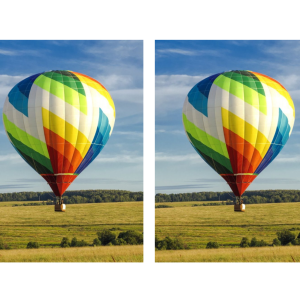
What is 2-Up Printing, 4-Up Printing, N-Up Printing, etc.?
Read This Article
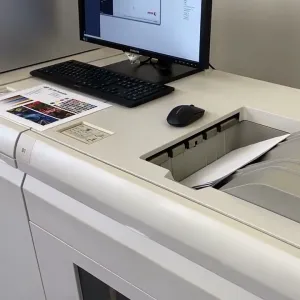
What is Digital Printing?
Read This Article
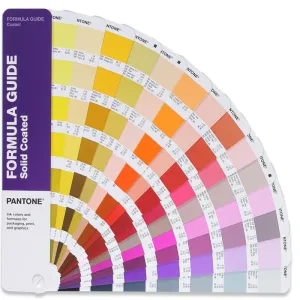
What is a “Spot” Color?
Read This Article
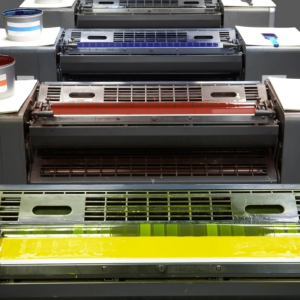
What is Offset Printing?
Read This Article

Printing Proofs: Soft Proofs vs Hard Proofs
Read This Article
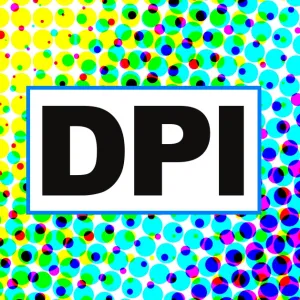
Printing Terminology: What is DPI?
Read This Article

Printing Terminology: Embossing vs Debossing
Read This Article
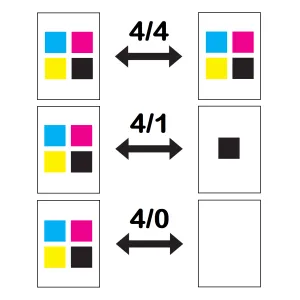
What is 4/4 Printing, 4/1 Printing, and 4/0 Printing?
Read This Article
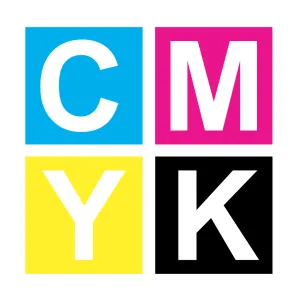
Printing Terminology: What is CMYK?
Read This Article

Printing Terminology: Recto and Verso
Read This Article

Printing Terminology: What is Paper Grain?
Read This Article
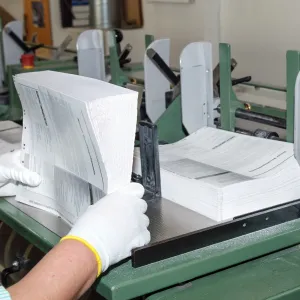
What does Collate mean in Printing?
Read This Article

What is Synthetic Paper?
Read This Article
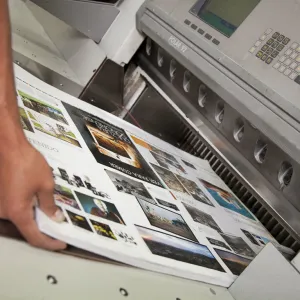
Printing Terminology: Simplex vs Duplex Printing
Read This Article

What is Head to Head Printing?
Read This Article

Printing Terminology: What does Preflighting mean?
Read This Article

Plastic Comb Books: What does the "Comb" refer to?
Read This Article
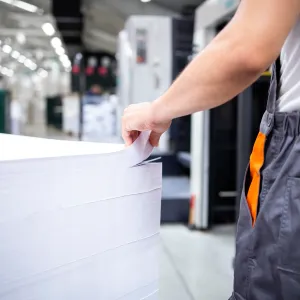
What is C1S Paper and C2S Paper?
Read This Article